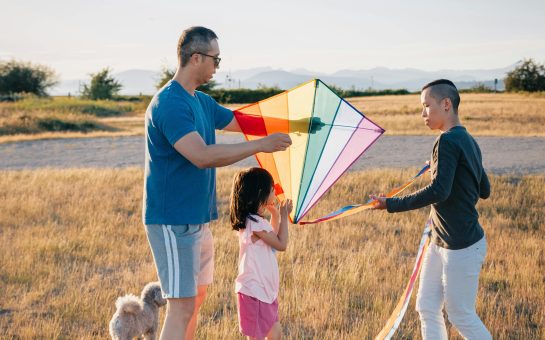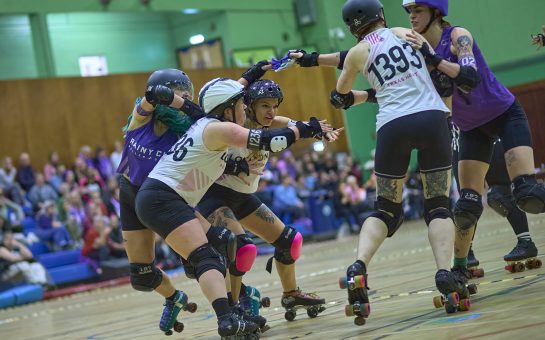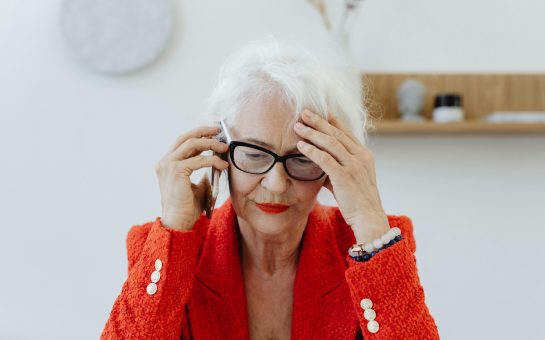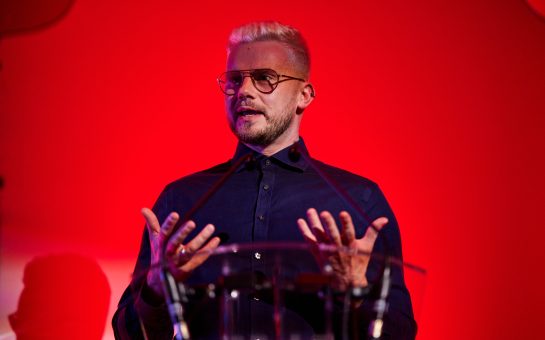A photography competition aiming to develop a bank of “positive and realistic images of people over 50” is underway to showcase our nation of ‘golden oldies’.
The Greater Manchester Older People’s Network (GMOPN) have made wider efforts to ensure Greater Manchester is a place which sees, hears and listens to its older people, and which provides them with the services that they need to live happy, active lives in the community.
The Age Proud competition, which is supported by Arts Council England’s Great Place initiative, hopes to attract the attention of older and younger generations alike, and is accepting entries for the following categories: ‘New Beginnings’, ‘Passing it On’, ‘Journeys’, ‘Making a Difference’, ‘Being Yourself’ and ‘Together’.
A group of shortlisted and winning images will then form part of a touring exhibition, which aims to challenge the stereotypical narrative which currently surrounds ageing.
I sat down with GMOPN Development Worker, Liz Jones, to learn more about the motivation behind the project.
As we discussed representations of older people in the media, she observed that we are constantly bombarded with two types of image: that of a frail, helpless being, the embodiment of ‘neediness’, or that of a go-getting, skydiving 90-year-old, miraculously defying the perceived limitations of their great age.
There is a distinct lack of normality in such pictures, and this is what the competition is hoping to inject into our collective consciousness.
The stock images of wrinkly hands and toothless smiles, to which we are routinely exposed, open the way for casually ageist attitudes, as real people are reduced to two-dimensional caricatures.
Liz suggests that ageism is perhaps the last acceptable prejudice in our society, our excuse being that we will ‘all be old one day’, that we are including rather than excluding, making fun of ourselves as well as others.
Thanks to @AndyBurnhamGM for launching our Age Proud photography competition! We want to generate positive and realistic images of people over 50 and we want you to send us your photographs! For more information on the themes and T&Cs head to https://t.co/FVVjQK4RMy #ageproudpics pic.twitter.com/ueBe0uVCfY
— GM Older People’s Network (@GMOPN1) February 20, 2020
Therefore, we joke about ‘senior moments’ and ‘grumpy old men’, believing that we neither mean harm nor inflict it. However, while we might fondly roll our eyes at the doddering of ‘old biddies’, many of us would be outraged by the similarly paternalistic, reductive disrespect implied by labelling a younger woman as ‘hysterical’, ‘bossy’, or a ‘silly little girl’.
By the same token, the vast majority of us would no longer think to use the word ‘gay’ to mean ‘stupid’ or ‘pathetic’, but will happily use ‘old’ as a synonym of ‘boring’ or ‘outdated’, in phrases such as ‘it’s getting old now’. While awareness of the other ‘-isms’ which divide and pigeonhole us is on the rise, ageism seems to have fallen by the wayside.
Liz believes that photography is one of the best ways of kickstarting a change in these old-fashioned (see, even I’m doing it!), mentalities.
She reflects on the way in which art demands empathy and connection, “inviting someone into something in such a way that they can’t say no.”
Gazing at an image that you like, or which means something to you, puts you ‘on a journey’ without you even realising it, coaxing the mind open to alternative ways of viewing.
She hopes that when people view the photographs at the final exhibition, and see real people, captured in the swing of rich lives, they will relate to them on a human level, rather than reducing them back down to the hackneyed images of helplessness and decrepitude that abound in the media.
IS LGBT NOT FOR OLDER PEOPLE?
In this way, GMOPN plans to confront the narrow range of pictures used in newspapers and magazines, which are often gratuitously and unnecessarily reductive. This will complement the work already being done by Twitter feeds like #NoMoreWrinklyHands, and figures such as Grandma Williams (@JoyceWilliams_) (main picture above), who champions the idea of positive ageing, rejecting terms such as ‘young at heart’ and embracing the ‘fun and nonsense’ of ‘life’s later years’.
Such efforts to create a realistic reflection of ageing might seem like the central goal of these initiatives, but it is equally as important to generate a diverse range of images, to which different nationalities, ethnicities and social groups can relate.
I spoke to Michael Teo, a member of Pride in Ageing who is involved with the competition, about the homogeneity of depictions of older people. As a Singaporean member of the LGBT community, Michael is hard pressed to find images of people like him in the media.
He tells me that even ‘diverse’ pictures of older generations habitually exclude East and Southeast Asian faces, and notes that Gay Pride is often overlooked by publications aimed at the elderly.
“Is LGBT not for older people?” he asks, reflecting the way in which increasing tolerance and diversification amidst younger generations has, yet again, failed to manifest itself in the lives of their older counterparts.
He is therefore hopeful that the final exhibition will make visible the whole gamut of skin colours, backgrounds, experiences and relationships which inform and inflect a person’s identity, whether they are young or old.
Talking of diversity, the Age Proud competition is also a means for people at every point of the age spectrum to contribute to social change and movement. By welcoming contributions from younger and older people, the GMOPN is hoping to promote cooperation and understanding between the two groups.
The benefits of this intergenerational engagement are already being tested around the world by schemes such as the sӓllbo project in Helsingborg, Sweden.
HAPPY AND CONNECTED
This initiative, which aims to combat loneliness in the old and young, is inviting under-25s to join retirees in a housing complex specially designed to encourage communal living.
Residents must sign a contract agreeing to spend at least two hours a week with their neighbours, a requirement facilitated by the building’s ‘togetherness’ areas: its free gym, yoga room, library and art room.
Since its inception last November, the programme has already proved successful, with its participants claiming that they feel happier and more connected to their community.
Although not quite as extreme as the sӓllbo scheme, the Age Proud competition is certainly making steps towards a more equitable and inclusive view of age and ageing.
By taking the time to properly see the older people captured in the photographs, visitors to the exhibition will also be reminded that we are all getting there: old age is waiting for every one of us, is already writing itself across our bodies, and the sooner we recognise that, the better.
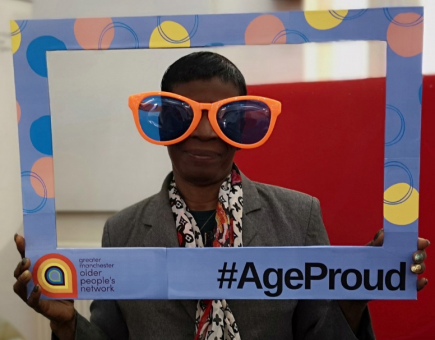
It is only when we finally relate ageing to ourselves that will we see the damage done by dismissive and ageist attitudes. In our ageing population, some of us will be ‘old’ for longer than we are ‘young’, and so it is important to create a culture in which people over 50 or 60 are still seen as relevant and valued members of the community.
The general assumption is that ageing is something to be frightened of, but this competition might help to persuade us that it can be a productive, exciting and happy time of our lives.
The competition closes on April 2, the winners being announced on the weekend of May 16, to coincide with the exhibition opening. The winner of each category will receive a masterclass from ‘NotQuiteLight’ photographer, Simon Buckley, as well as £250 in vouchers for photographic equipment. You can see further details of the competition terms and conditions here.
